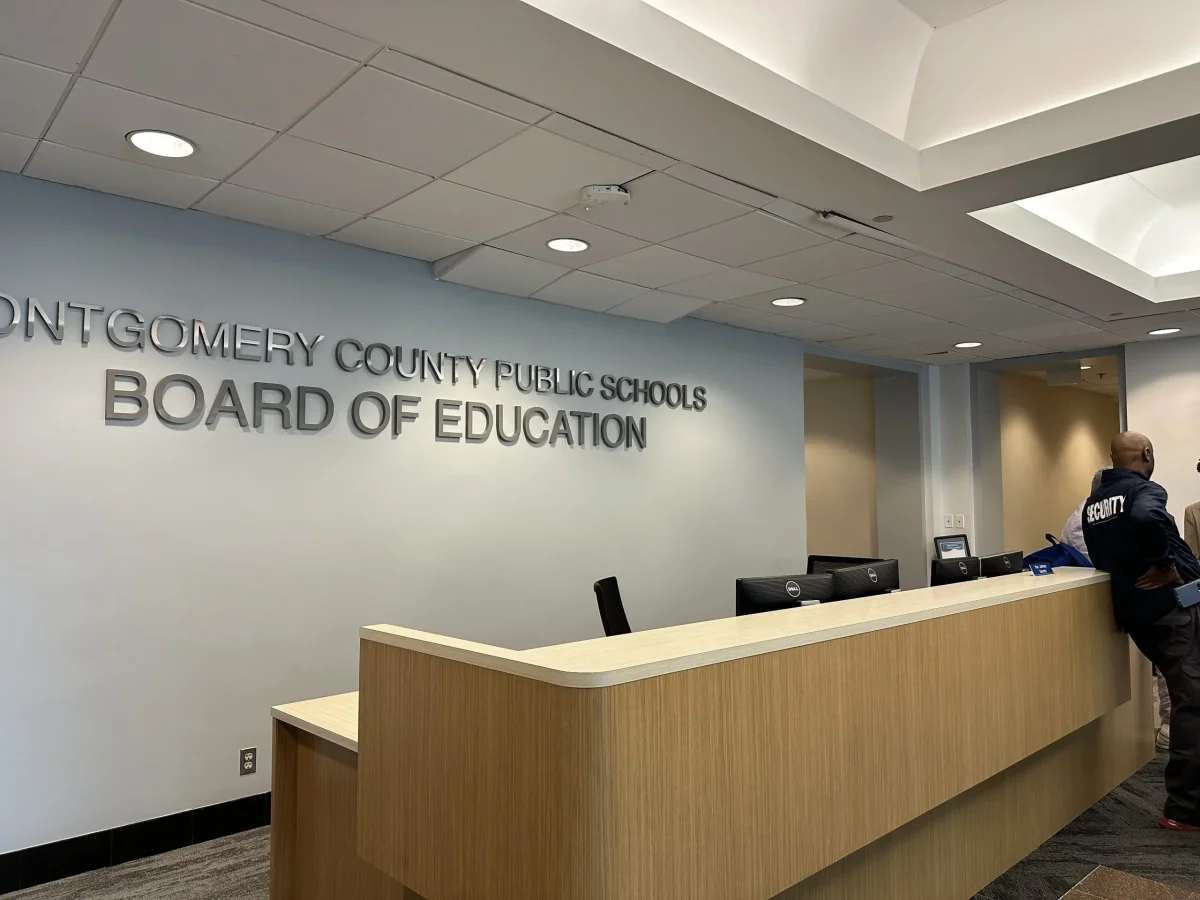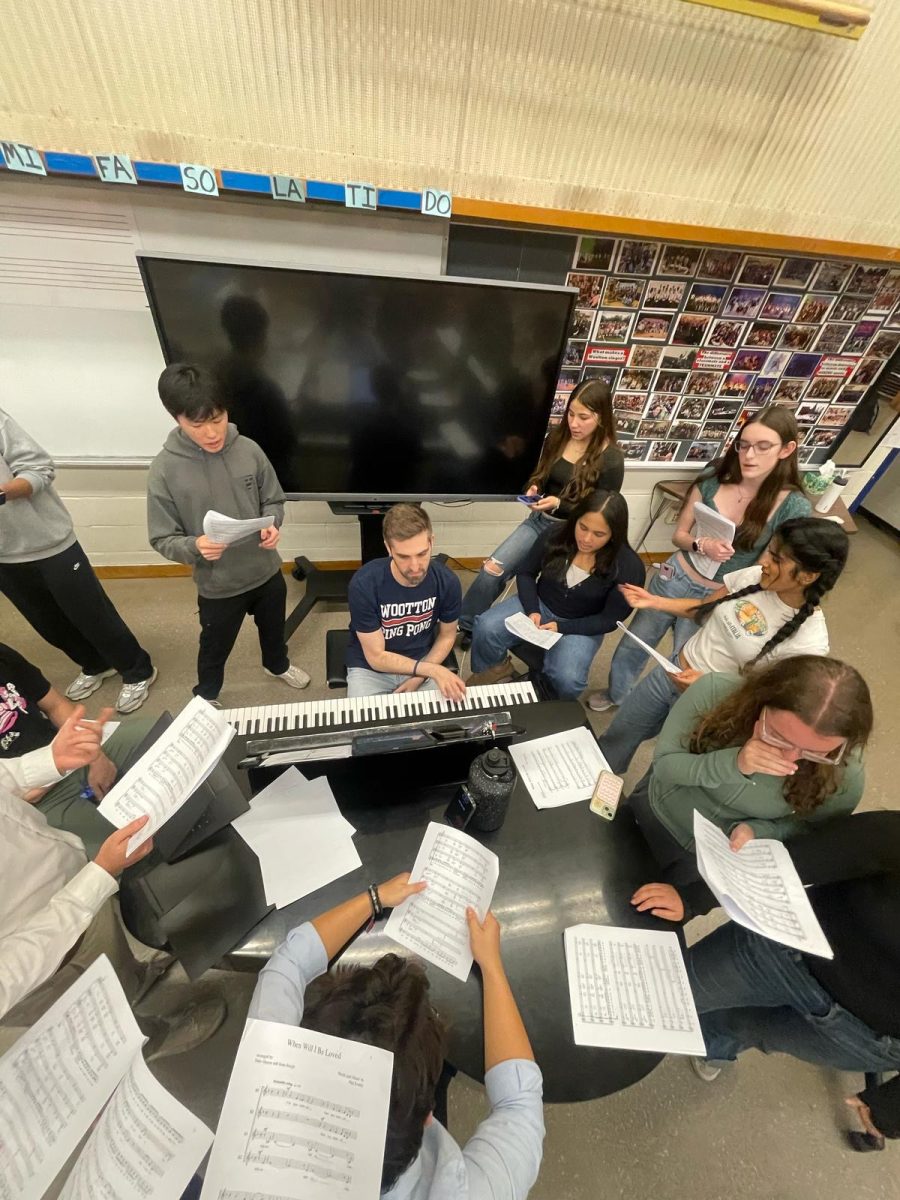As the year drags on and college applications are fresh in the minds of seniors, juniors start to think about college themselves. Juniors are not at the point where they should be working on college application, but they can visit colleges if they choose to to start the process of better evaluating where they would like to go to school.
College visits are an important part of the application process. A student may love a specific college and the courses they offer, but if they don’t like the geography of what they would call home for the next four years, they may choose to not go to the school. A college visit can make or break a student’s decision to apply somewhere.
It’s important to know when the best time is to visit colleges. A college visit as a freshman or sophomore might be wasted. Most freshmen and sophomores have little idea what they would like to do in college, and without this knowledge it is hard to narrow down which colleges one should apply to. Visiting a college is the ultimate way to gain information and insight, but there is little point in a visit if students don’t plan to later apply. Visits can be expensive and may be a waste of money. Even if students will definitely apply to this school later, visiting it junior or senior year where the campus and information will be fresh in one’s mind for applications is a better choice. Seeing the campus and then forgetting completely about it when it comes time to choose which colleges to apply to is another challenge with visiting freshman or sophomore year.
For the first half of junior year, students are not allowed to visit colleges during school days and treat those missed days as an excused absence. This may be for the best, however, because missing school at that point in time can be a major hindrance to grades. Along with this, applications are still almost a year away and there is still the possibility that students don’t remember the visit as well as one should when it comes time to applying (or that a student still doesn’t really know exactly what they’re looking for in a college at that point in time). When it comes to second semester junior year, this is the first time that students are able to get excused absences to visit colleges. Second semester of junior year is one of the best times to visit colleges, especially from Monday through Thursday because campuses are in full swing. Students are walking around campus, going to classes, and one gets to see what daily life on the campus is really like. The reason second semester junior year is one of the best times to visit is because it is the springtime, so there is very nice weather, and by the same time next year, students will have already committed to a college so there isn’t much point in visiting then. If a student has already researched a little, visiting spring of junior year is probably the best bet for the most productive and useful visit.
While a summer visit can provide students with some information on the campuses, visits at that time of year don’t always allow students to see schools in the best light. Students aren’t on campus at that time, so prospective applicants aren’t able to get a true feel for the school, and there may be no student-run tours, which provide great insight on student life and what the school is really like.
When the first semester of senior year rolls around, so do college applications. There is still time to visit colleges, however. Many colleges haven’t truly reached the “winter” months, so students still can get a sense of what the campus looks like at its best, and classes are in session so prospectives are able to see student life. After the early action / decision deadline, it would be great to have visited a couple of the colleges that a student is interested in, but if a prospective student has put off visits to this time, don’t worry. Students can apply to the colleges still, and if they get accepted, visiting them between the date of acceptance and the time where one has to commit is available as the last opportunity to see a school before making the commitment decision.
Jason Silverman
Editor-in-Chief







![The 2025-2026 Editorial Board Alex Grainger, Cameron Cowen, Helen Manolis, Emory Scofield, Ahmed Ibrahim, Rebekah Buchman, Marley Hoffman, Hayley Gottesman, Pragna Pothakamuri and Natalie Pak (Chase Dolan not pictured) respond to the new MCPS grading policy. “When something that used to be easy suddenly becomes harder, it can turn [students’] mindset negative, whereas making something easier usually has a better impact. I think that’s where a lot of the pushback comes from. But if you put emotions aside, I do think this change could help build stronger work ethic,” Ibrahim said.](https://woottoncommonsense.com/wp-content/uploads/2025/09/fqr5bskTXpn0LRQMmKErLuNKdQYBlL726cFXBaWF-1200x900.jpg)
